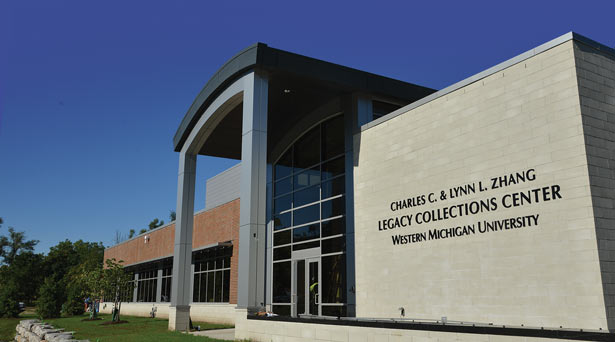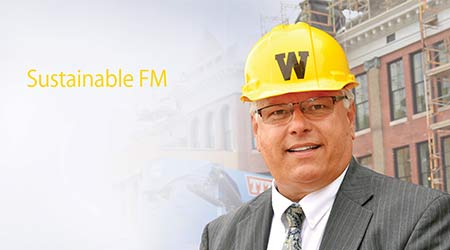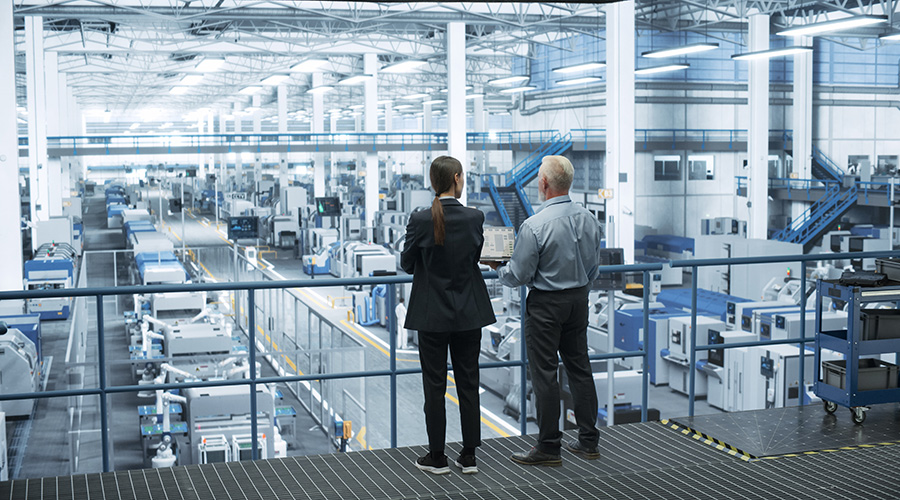How The Building Internet of Things Works For WMU
Third part of a three-part cover story profiling Western Michigan University's Peter Strazdas.
Peter Strazdas is a Building Internet of Things early adopter, recognizing its potential for yielding data that creates efficiencies in facility management. But he cautions that connecting devices, having those devices talk to each other, and delivering a volume of data beyond anyone’s wildest dreams can be both a blessing and a curse.
“You don’t just dive into the Internet of Things,” he says. You just don’t waltz into Big Data. You have to do this in a logical manner.”
The backbone of Strazdas’s data management and Building IoT strategy is his ongoing effort to create Building Information Models (BIMs) detailing each piece of equipment in all of his 8 million square feet of buildings. This information, because it’s tied to his CMMS (a connection which took no small effort, Strazdas emphasizes), is supremely useful for efficiencies in everything from work order response to saving energy.
The data and information is what provides this power to be efficient, but with great power comes great responsibility. “We have to leverage the ‘I’ in BIM,” he says. “The most powerful thing is the information. You have to sell investments in efficiency with data, and data doesn’t just fall out of a tree. We need to have the instruments, pull it in, analyze it, organize it, and use it to expand to more energy conservation measures.”

(The LEED Silver Zhang Legacy Collection Center includes high-tech climate controls to product the valuable documents housed in the buildings. Credit: Western Michigan University.)
In other words, just extracting that data is meaningless without a plan to put it to use. “It’s not about how cool the technology is, it’s about making our operations better,” he says. He cautions that one potential downside to the IoT is going overboard with “wow” factor, and then 10 years from now, when a device needs to be replaced, no one can remember why it was needed in the first place.
Still, getting technology right is critical, not the least because one of the biggest benefits to making liberal use of technology like the Building IoT is that it appeals to the next generation of facility managers. “They get it,” he says. “They grew up in a society where computing was easy.” And so that brings certain expectations with the level of technology in the workplace.
“Quite frankly, they’re demanding,” he continues. “They want and are used to information in real time.” Thankfully, that is exactly what the Building Internet of Things is capable of providing.
Related Topics:















